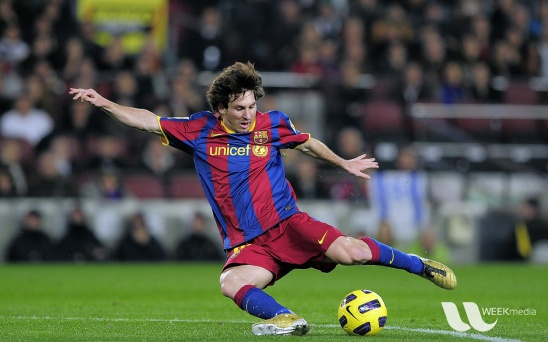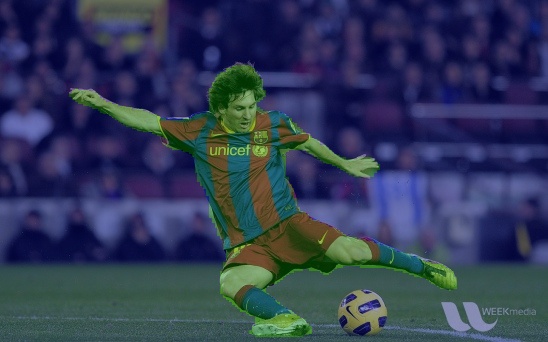# Run PaddlePaddle model using OpenCV
These two demonstrations show how to inference PaddlePaddle model using OpenCV.
## Environment Setup
```shell
pip install paddlepaddle-gpu
pip install paddlehub
pip install paddle2onnx
```
## 1. Run PaddlePaddle ResNet50 using OpenCV
### Run PaddlePaddle model demo
Run the code sample as follows:
```shell
python paddle_resnet50.py
```
There are three parts to the process:
1. Export PaddlePaddle ResNet50 model to onnx format.
2. Use `cv2.dnn.readNetFromONNX` to load the model file.
3. Preprocess image file and do the inference.
## 2. Run PaddleSeg Portrait Segmentation using OpenCV
### Convert to ONNX Model
#### 1. Get Paddle Inference model
For more details, please refer to [PaddleSeg](https://github.com/PaddlePaddle/PaddleSeg/blob/release/2.1/contrib/HumanSeg/README.md).
```shell
wget https://x2paddle.bj.bcebos.com/inference/models/humanseg_hrnet18_small_v1.zip
unzip humanseg_hrnet18_small_v1.zip
```
Notes:
* The exported model must have a fixed input shape, as dynamic is not supported at this moment.
#### 2. Convert to ONNX model using paddle2onnx
To convert the model, use the following command:
```
paddle2onnx --model_dir humanseg_hrnet18_small_v1 \
--model_filename model.pdmodel \
--params_filename model.pdiparams \
--opset_version 11 \
--save_file humanseg_hrnet18_tiny.onnx
```
The converted model can be found in the current directory by the name `humanseg_hrnet18_tiny.onnx` .
### Run PaddleSeg Portrait Segmentation demo
Run the code sample as follows:
```shell
python paddle_humanseg.py
```
There are three parts to the process:
1. Use `cv2.dnn.readNetFromONNX` to load the model file.
2. Preprocess image file and do inference.
3. Postprocess image file and visualize.
The resulting file can be found at `data/result_test_human.jpg` .
### Portrait segmentation visualization



